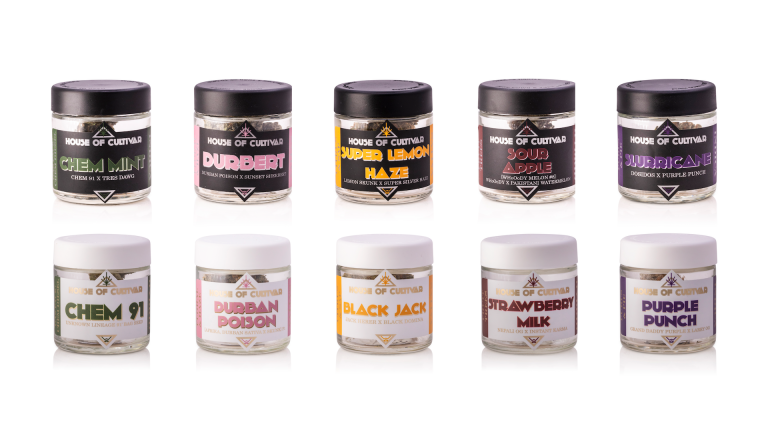History • Genetics • Flavor •
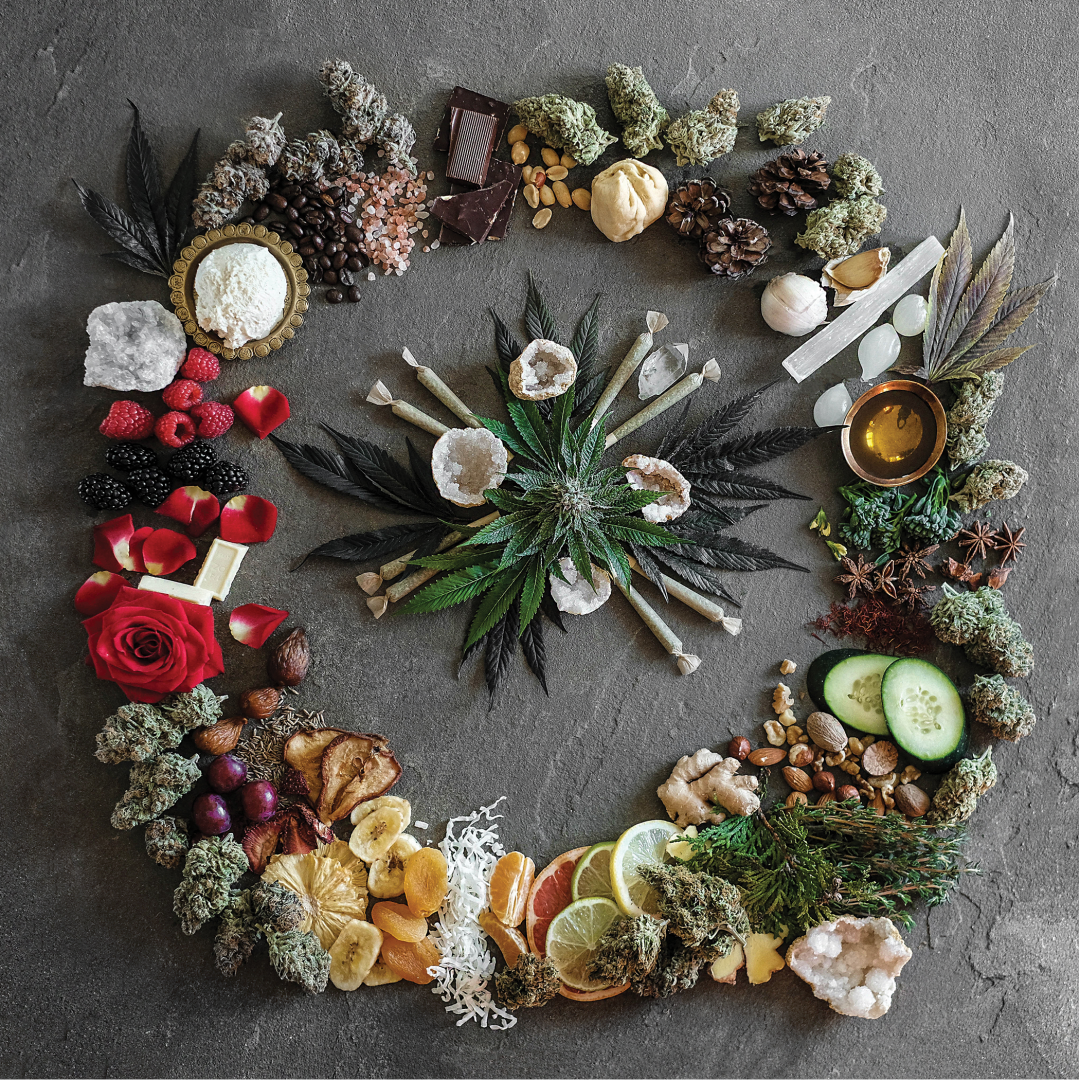
Explore the History
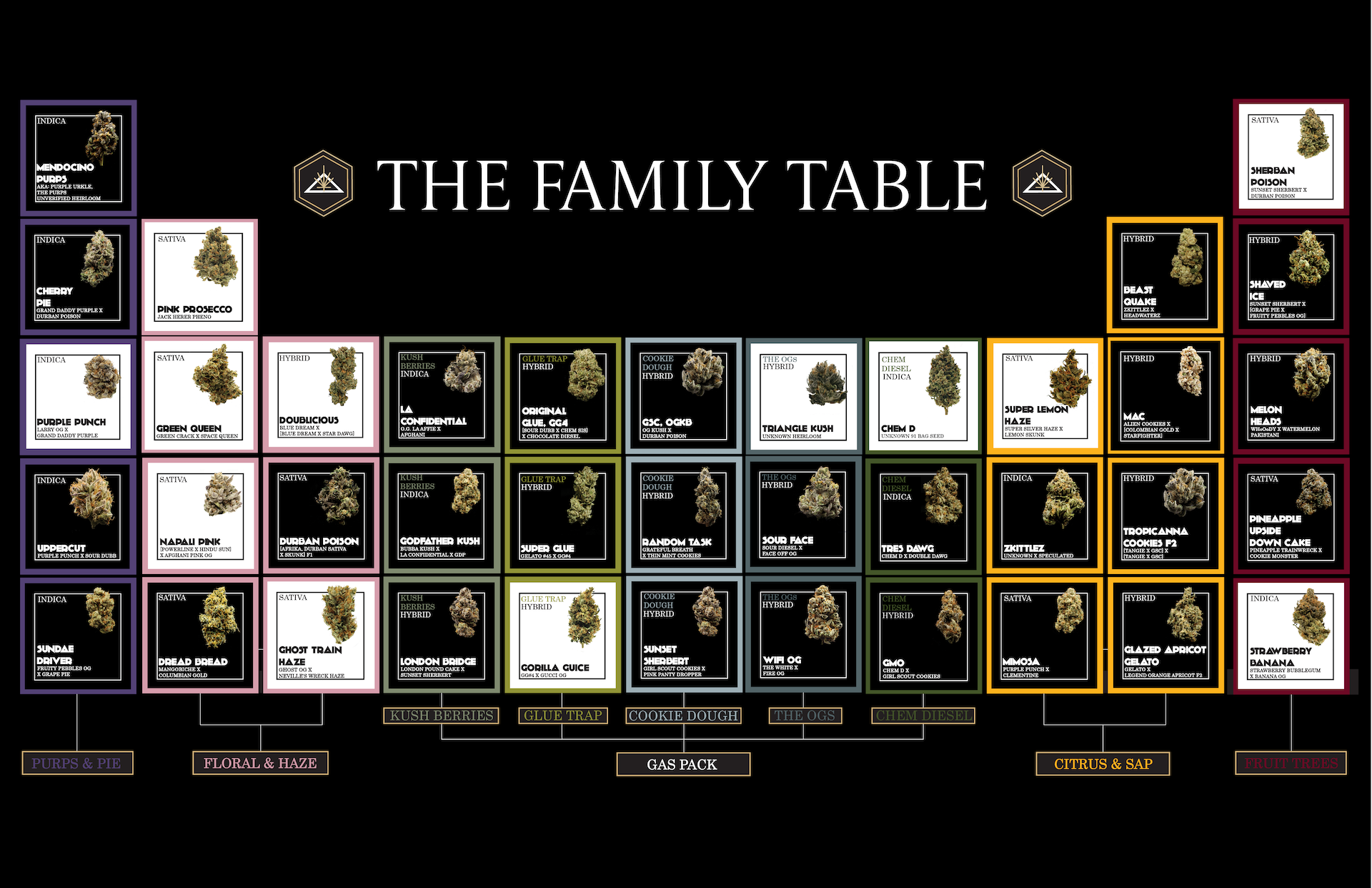

House of Cultivar Families
Gas Packs
“GAS” is arguably the most often used term to describe cannabis smell and flavor since the early 1990s. Strains with a “gaseous” terpene profile have come to dominate the world of breeding and consumption due to the searing impression left on the olfactory nerve and potent kick to the dome after your first exhale. Given the exhaustive, diverse and momentous varietals that are deserving to be included amongst the "Gas Pack", we've divided them into 5 sub-families: CHEM DIESEL, THE OGS, KUSH BERRIES, COOKIE DOUGH, & GLUE TRAP. Each sub-family references genetic lineage and/or shared flavors and taste. Each member of The Gas Pack tells a story that spans more than 40 years of genetic breeding.
Flavor Notes: Sour, Garlic, Effervescent, Pine, Roasted, Doughy, Burnt, Rubbery, Earthy, Blackberry
Strains Include: Chem 91, GMO, Florida Triangle Kush, The Last OG, Bubba Kush, La Confidential, GG#4, Grease Monkey, G.S.C., Gelato

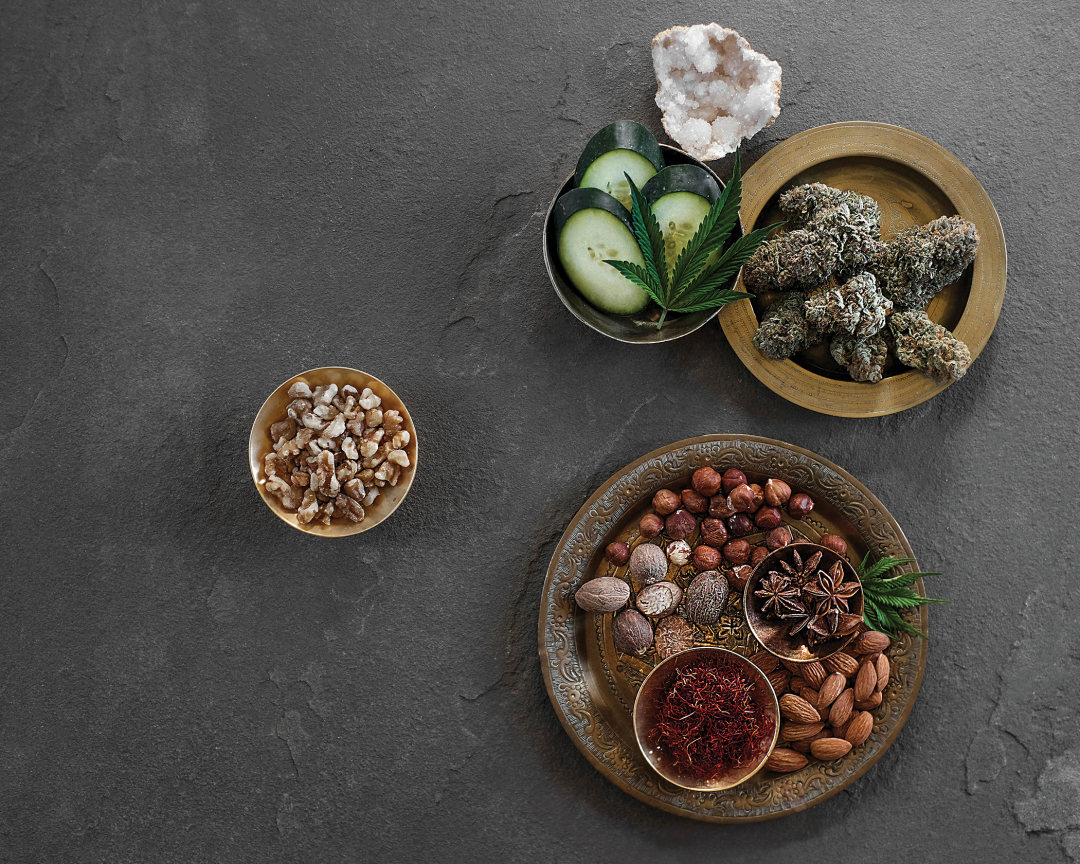
Floral & Haze
Legend has it that the Original Haze was created in Santa Cruz, California in the 1970s by the Haze Brothers and Sam the Skunkman. It is believed that they first bred a Mexican Landrace with a Colombian Landrace. Select females from the initial crosses were then pollinated by Thai Landrace males. From those seeds the Original Haze was discovered. Since then, Haze has become the proud parent of countless hybrids around the globe, passing on its genetics from Colombia, Mexico, Thailand, and South India. Owing to their sativa dominant characteristics, haze strains typically require 10-12 week flowering cycles to reach full maturation. The smoking experience for many of these varietals can be described as high-energy, creative, and uplifting.
Flavor Notes: Spicy, Nutty, Floral, Anise, Sandelwood, Nutmeg, Hazelnut, Almond, Citrus
Strains Include: Pink Prosecco, Green Queen, Dread Bread, Durban Poison, Ghost Train Haze, African Haze, Pineapple Thai
Purps & Pie
Generations of cannabis enthusiasts can fondly remember the first time they laid eyes on a nug that presented the dynamic juxtaposition of a purple calyx, bright orange pistils, and covered in frosty white trichomes. Deep, dark, purple hues are still the most celebrated cannabis aesthetic and continues to influence consumers desires in regards to bag appeal.
Such beloved characteristics are believed to have descended from pure indica Afghani landrace varietals. Folklore further suggests that these Afghani cultivars proliferated throughout the Pacific Northwest, and Northern California before making their way to the Netherlands in the 1980s. Along the way these cultivars became more broadly known as "The Purps" and were regionally identified as names such as Mendocino Purps, UW Purple (aka UW Purp), Tacoma Purps, etc.
We draw our inspiration for the Purps & Pie family from the powerhouse of dank, purple, sweet, and tart strains that have emerged over the last 40 years of breeding.
Flavor Notes: Tart sweetness, Blackberry, Grape, Fig
Strains Include: Mendo Purps, Grape Ape, Granddaddy Purple, Cherry Pie, Purple Punch, Sugar Berry Scone

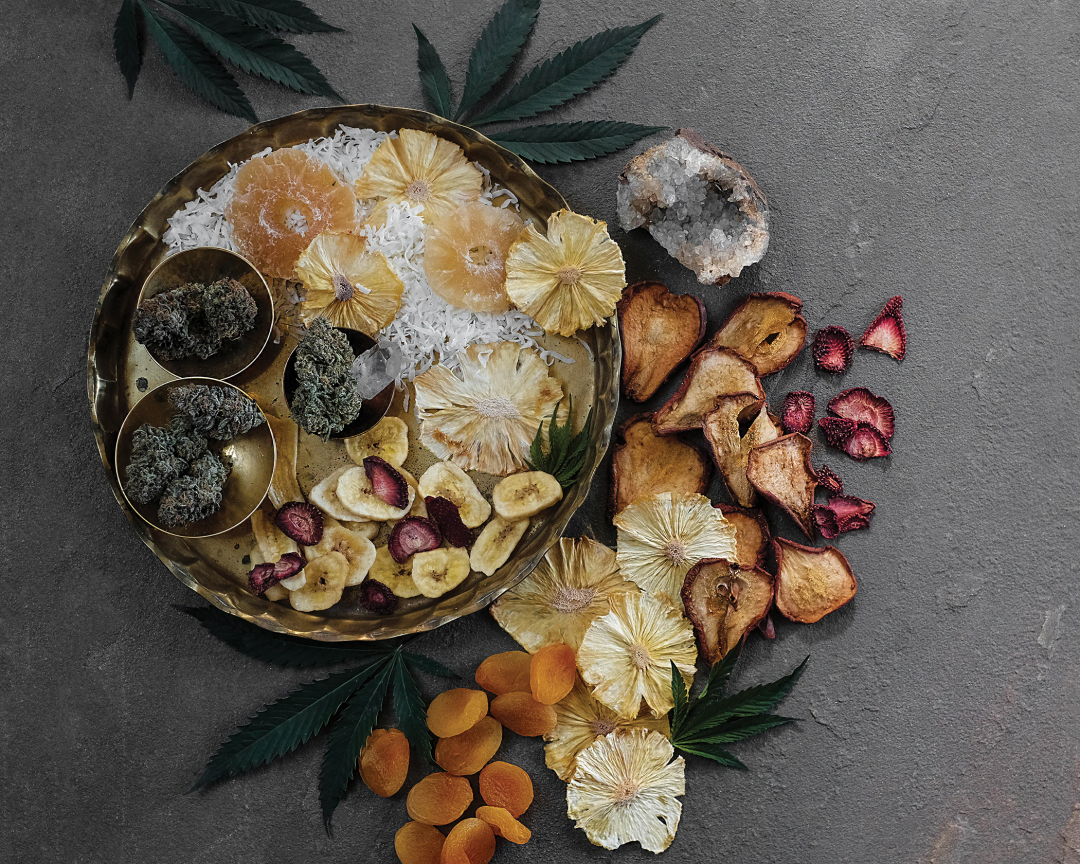
Fruit Trees
There are few plant species in the world that express the diversity of smells and flavors cannabis has to offer. While many less informed individuals think of cannabis as being singular in its skunk-y aroma, true enthusiasts have enjoyed an ever expanding array of bold, vivid flavors that have emerged in recent years.
The Fruit Trees family is less focused on a shared genetic lineage, but rather the commonality of fresh, creamy, fruit notes.
Flavor Notes: Fresh, Creamy, Strawberry, Pineapple, Banana, Peach, Apricot, Watermelon
Strains Include: Watermelon Soda, Lemonhoko's Blueberry, Afghan Peach, Strawberry Banana, Panky Rang, Strawberries & Cream
Citrus & Sap
Just like you can not stop the sun from shining, the bright limonene terpene of the Citrus and Sap family can not be mistaken in the flowers. Its lineage runs deep into the cannabis genetics of the 1970-90s breeding and was heavily mixed with the Skunk variants of the time. The modern iterations of these classic genetics still have meaningful impact in popular current strains like Mimosa, Smarties, and Tropicana Cookies.
Flavor Notes: Zesty, Piney, Orange, Lemon, Lime, Grapefruit, Skunky
Strains Include: Orange Skunk, Ice Cream Man, Golden Lemons, Tropicanna Cookies, Orange Apricot MAC, Glazed Apricot Gelato
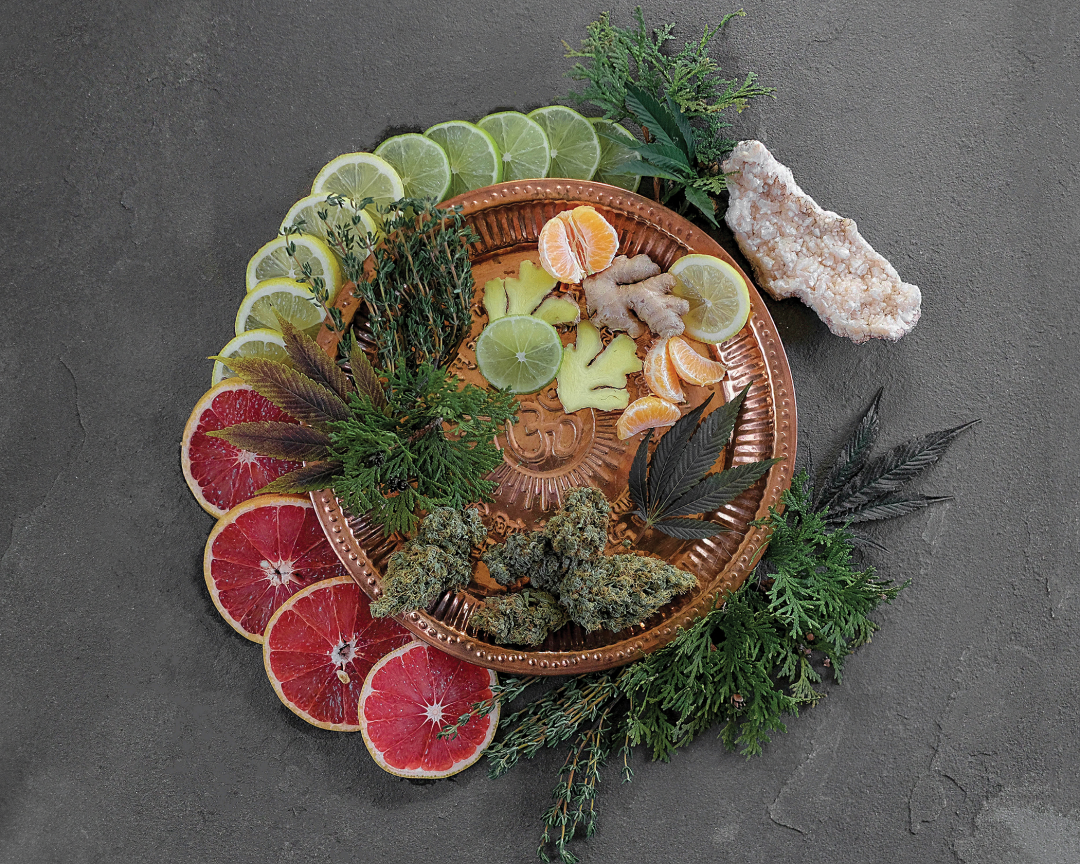
Find our Products
